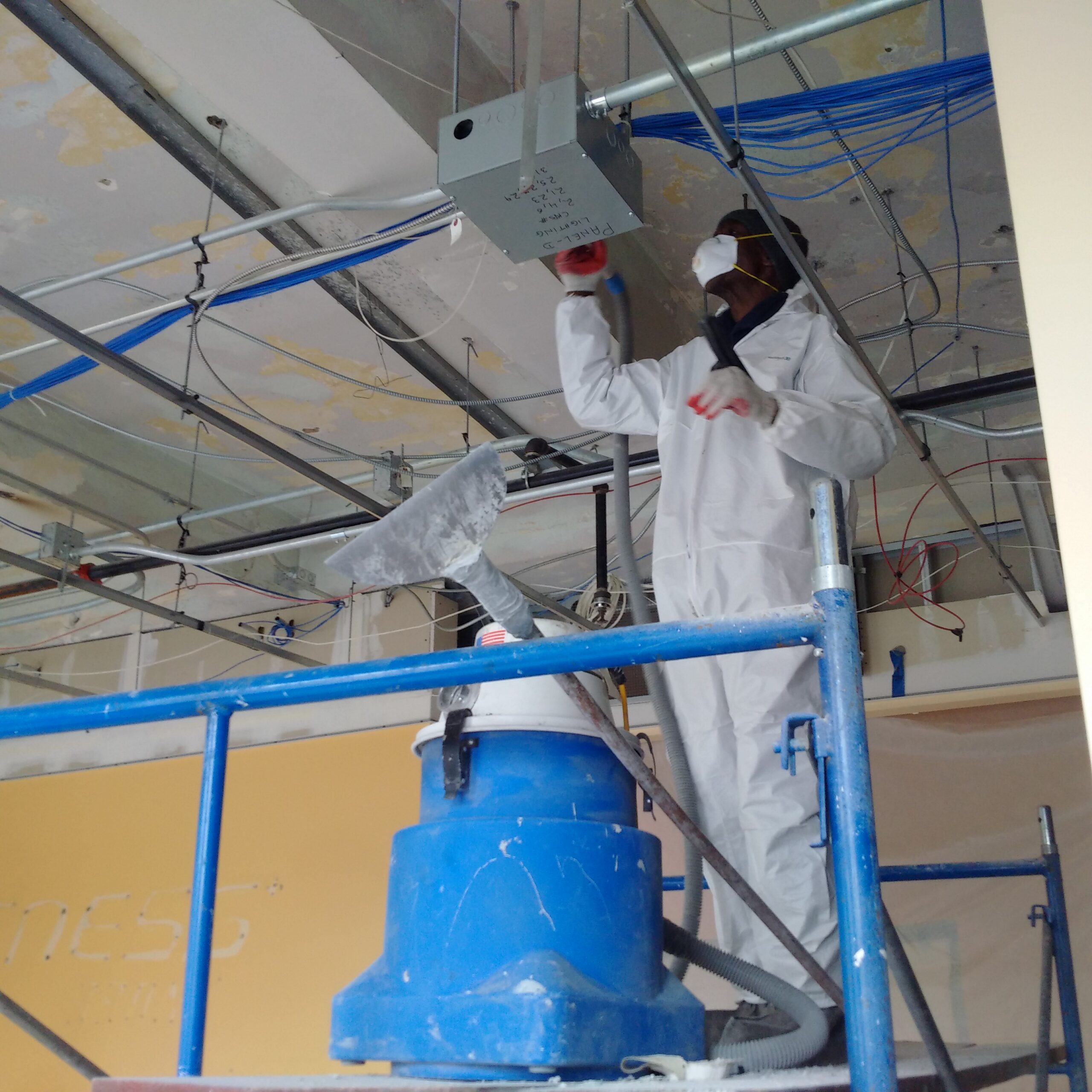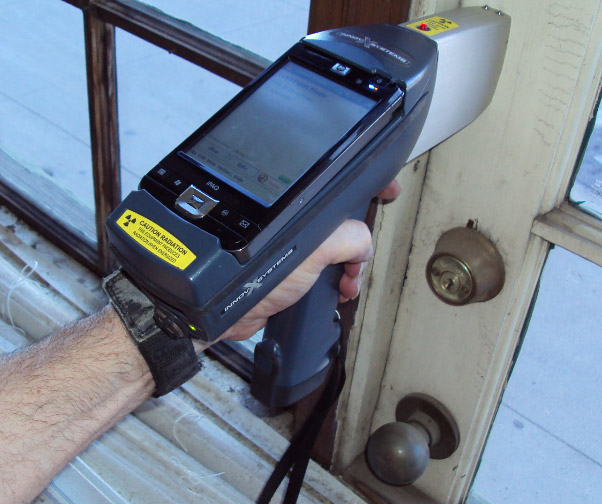Reliable DOH & HPD Lead Violation Removal in NYC-- Safeguard Your Property
Wiki Article
Comprehensive Guide on Effective Lead Violation Removal Strategies
In the realm of environmental safety and security, attending to lead infractions demands a thorough and organized approach. This thorough guide starts by highlighting the essential preliminary steps of recognizing lead risks via sophisticated assessment and testing approaches. The overview specifies on the importance of sticking to stringent security methods during the elimination procedure, including the usage of proper PPE and separating affected locations.Identifying Lead Dangers
Recognizing lead threats is a crucial very first step in alleviating the threats linked with lead direct exposure. Lead, a poisonous steel, can be existing in numerous environmental mediums, including paint, soil, water, and dust.The initial stage in recognizing lead threats entails recognizing usual lead resources within the constructed setting. Frameworks developed prior to 1978 are specifically at risk as a result of the widespread usage of lead-based paint throughout that duration. Furthermore, soil contamination can occur from degrading exterior paint, industrial emissions, or historic use leaded gasoline.
An additional substantial resource is lead piping and pipes fixtures, which can leach introduce alcohol consumption water. Customer goods such as toys, porcelains, and imported items may likewise include damaging lead levels. Especially, job-related settings and pastimes involving lead can track contaminants right into homes.
Evaluation and Testing
When resolving lead risks, reliable assessment and screening are critical. First assessment commonly entails an aesthetic evaluation to recognize potential lead sources, such as deteriorating paint or infected dirt.
Dirt clean sampling is an additional important strategy, particularly in property setups. By accumulating examples from floors, windowsills, and other surfaces, this technique supplies insights right into potential exposure dangers. Moreover, dirt screening around structure boundaries is vital to find lead contamination that can posture risks, particularly to children.
Safe Elimination Treatments
Upon finishing detailed analysis and testing, implementing safe elimination treatments is the next vital phase in dealing with lead hazards. This procedure makes certain that lead-contaminated products are successfully and safely eliminated, minimizing threat to both employees and locals. The primary step entails separating the affected location utilizing plastic sheet and proper securing methods to stop the spread of lead dirt.Employees should don ideal personal protective tools (PPE), including respirators, handwear covers, and non reusable coveralls, to reduce direct exposure. Utilizing specialized tools and damp techniques, such as wet fining sand or utilizing HEPA-filtered vacuums, lowers the diffusion of lead bits. It is essential to avoid completely dry sanding or unpleasant blasting, as these approaches can produce hazardous lead dirt.
Waste disposal is an additional crucial component; all polluted materials need to be securely gotten and labeled according to EPA Lead Paint Removal Service and neighborhood policies. In addition, complete cleaning of the work location with HEPA vacuums and damp wiping guarantees the elimination of residual lead bits.
Post-Removal Confirmation

Verification of successful lead removal, called post-removal verification, is important to make sure the safety and habitability of the remediated area. This process includes a collection of precise analyses and examinations designed to find any residual lead particles that might position health and wellness dangers. The first step normally consists of an aesthetic assessment to examine the completion and quality of the removal work. This evaluation makes sure that all well-known resources of lead have actually been addressed and that no visible signs of contamination remain.
Complying with the visual evaluation, environmental tasting is performed. This entails gathering dust, soil, and sometimes water examples from the remediated location. Recognized labs evaluate these samples to measure lead degrees, guaranteeing they fall below the safety and security limits established by regulatory bodies such as the Environmental Protection Firm (EPA)
Additionally, air high quality testing might be done to spot airborne lead fragments, particularly in situations where comprehensive lead-based paint removal or improvement has occurred. The outcomes of these tests provide measurable data validating that the lead degrees are within acceptable limits.
Inevitably, post-removal confirmation works as a critical checkpoint, confirming the efficiency of the lead reduction initiatives and safeguarding the wellness of passengers and visitors.
Safety Nets and Maintenance

A vital safety net consists of making use of lead-safe licensed service providers for any type of improvement, repair work, or paint activities. These experts are learnt practices that lessen lead dirt and debris. In addition, maintaining colored surface areas to avoid cracking or peeling off is important, as degrading paint can launch lead particles right into the setting.
Educational initiatives targeting homeowner and occupants regarding the dangers of lead and the value of reporting any kind of possible hazards can additionally boost preventive efforts. Routine cleaning utilizing HEPA vacuum cleaners and damp wiping strategies can significantly decrease lead dirt accumulation.
Final Thought
In recap, efficient lead offense elimination demands a meticulous approach encompassing extensive evaluation, exact screening, and strict removal procedures. Making certain safety and security via appropriate seclusion and individual safety equipment remains critical. Post-removal verification through environmental sampling and air top quality screening confirms conformity with well established security requirements. Continuous evaluations and maintenance are crucial to alleviate future lead risks, thereby guarding public health and wellness and guaranteeing continual compliance with regulatory needs.Report this wiki page